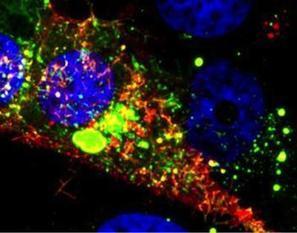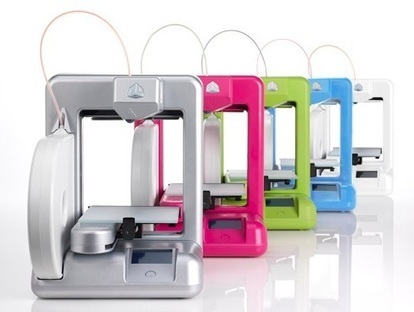Data from electronic health records (EHR) can be used to create an automated screening tool for malnutrition in paediatric hospital inpatients, according to work by a US team of clinicians, dietitians, and researchers. The system developed by Charles Phillips of the Children's Hospital of Philadelphia and colleagues provides daily alerts to healthcare providers so they can quickly intervene with appropriate treatment.
"Undernutrition is extremely common in children with cancer - the population we studied in this project," explains Phillips, who is a paediatric oncologist at the hospital.
"There is currently no universal, standardized approach to nutrition screening for children in hospitals, and our project is the first fully automated pediatric malnutrition screen using EHR data." The multidisciplinary team published details of their approach in the Journal of Nutrition and Dietetics.
The team analysed EHR data from inpatients at the hospital's 54-bed paediatric oncology unit for late 2016 to early 2018, which covered around 2100 hospital admissions. The anthropometric measurements in the EHR included height, length, weight and body mass index. The researchers used software to take note of changes in those measurements, and used criteria issued by the Academy of Nutrition and Dietetics and the American Society for Parenteral and Enteral Nutrition, to evaluate each patient's risk of malnutrition based on the ongoing measurements and the EHR data.
For each child that the screening program determined to be at risk of under-nutrution, the software would apply a flag of mild, moderate, or severe, and then automatically send an email to the clinicians on the ward giving them each patient's name, medical record number, unit, and malnutrition severity level, as well as other data.
In the patient cohort, the researchers' automated screen calculated the overall prevalence of malnutrition at 42 percent for the entire period of study. This was consistent with the range expected from previous studies where up to about 65 percent for inpatient paediatric oncology patients is observed). Overall severity levels for malnutrition were 47 percent in the mild category, 24 percent moderate and 29 percent severe; again, consistent with other research and clinical experience.
link to the study paper: http://doi.org/10.1016/j.jand.2018.07.014
Read the original unedited article at http://www.spectroscopynow.com/details/ezine/16652cf45e1/Paediatric-malnutrion-EHRs-offer-automated-warnings.html?tzcheck=1



 Your new post is loading...
Your new post is loading...









